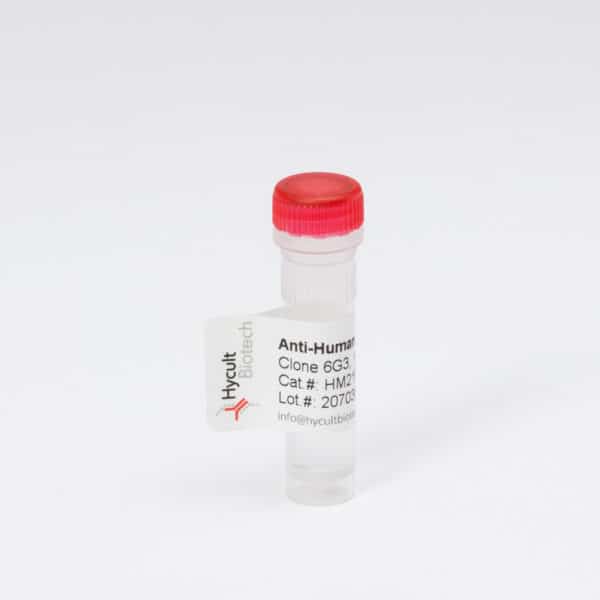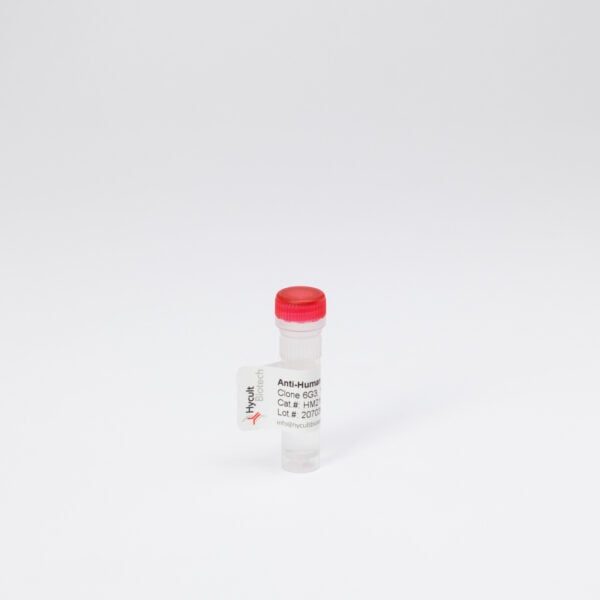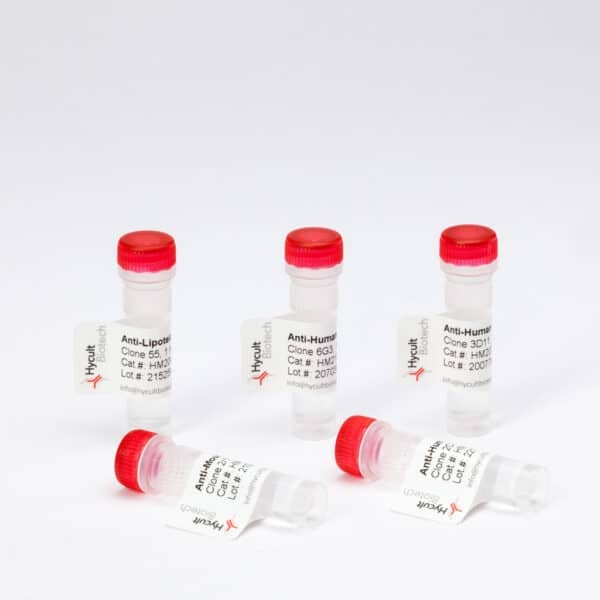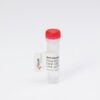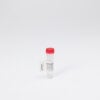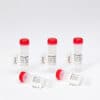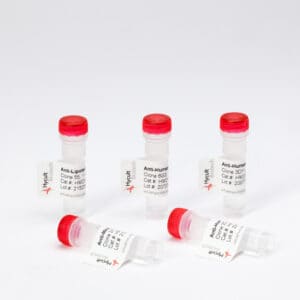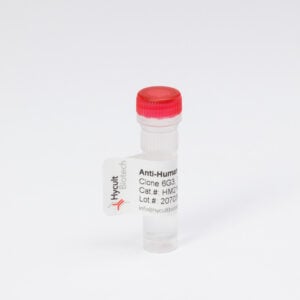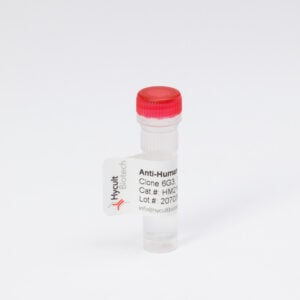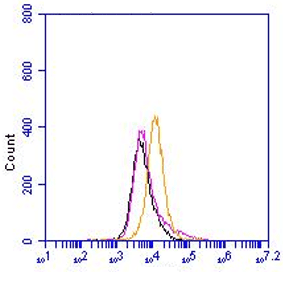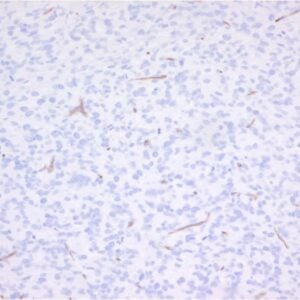MASP-1/3, Human, mAb 1E2
€133.00 – €565.00
Three pathways of complement activation have been reported: the antibody-dependent classical pathway, the antibody-independent alternative pathway and the lectin pathway. Activation of each pathway involves formation of serine protease complexes, which results in activation of the central complement component C3. In the lectin pathway, mannose binding-lectin (MBL)-associated serine proteases (MASP) form complexes with polymeric lectin molecules which are involved in pattern recognition. Upon binding of the recognition molecules to carbohydrates on the surface of microorganisms, MASP are converted to their active forms and initiate complement activation. Three types of human MASP have been reported. MASP-1, MASP-2 and MASP-3. MASP-1 appears to cleave the second complement component C2, but not C4. The proteolytic activities of MASP-1 are inhibited by C1-inhibitor. Furthermore MASP-1 has a reactivity profile very similar to that of thrombin. MASP-1 is able to catalyse the formation of cross-linked fibrin. Participation of MASP-1 in cross-linked fibrin clot formation causes release of a chemotactic factor representing a biologically significant activity of MASP-1. The alternative-splicing product from MASP-1 gene is called MASP-3. MASP-1 is associated with smaller MBL oligomers whereas MASP-3 is found on larger oligomers. The substrate of MASP-3 is unknown. The antibody recognizes the heavy chain common to both MASP-1 and MASP-3.
